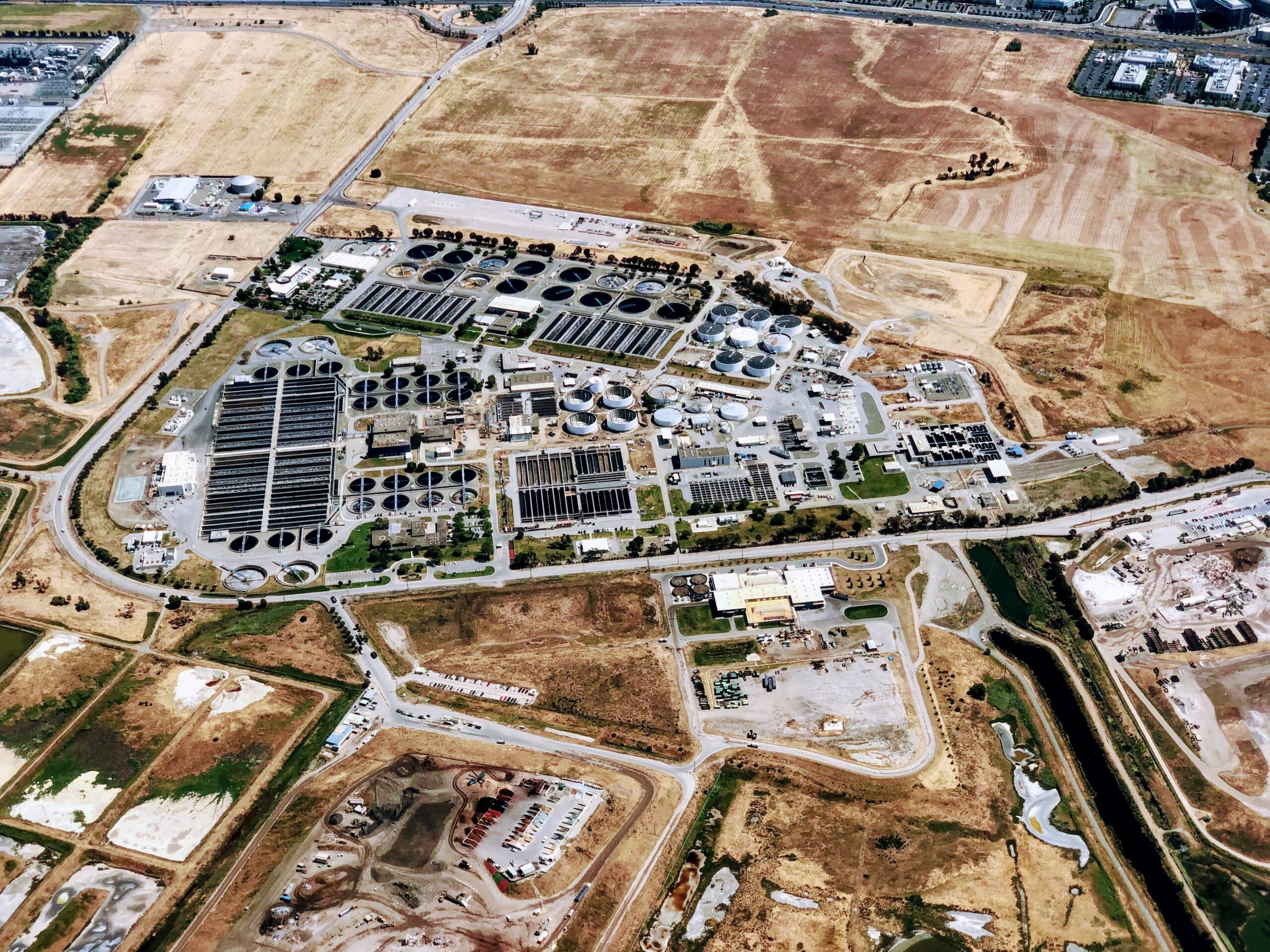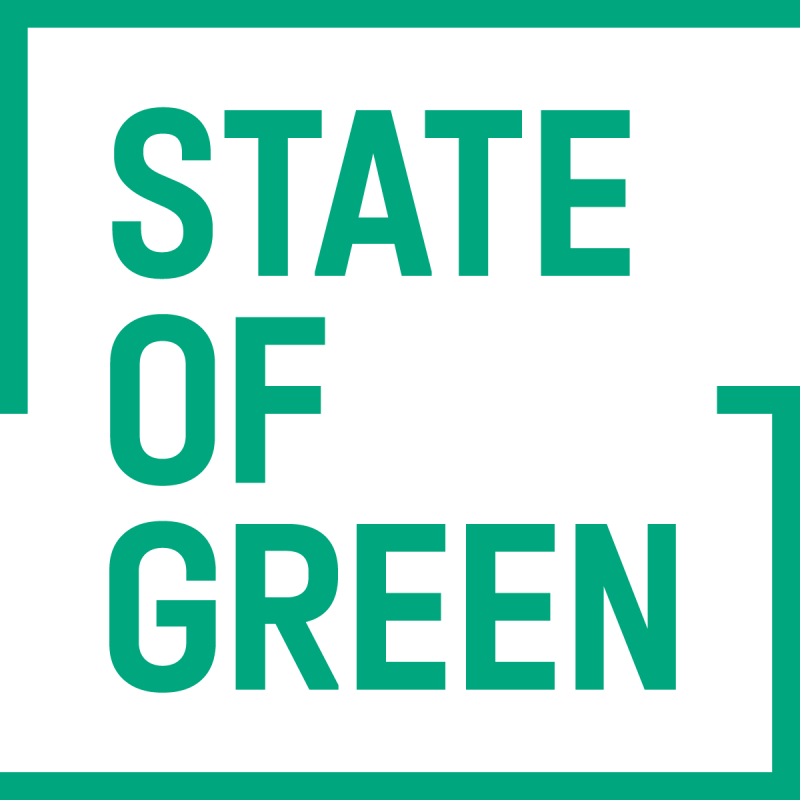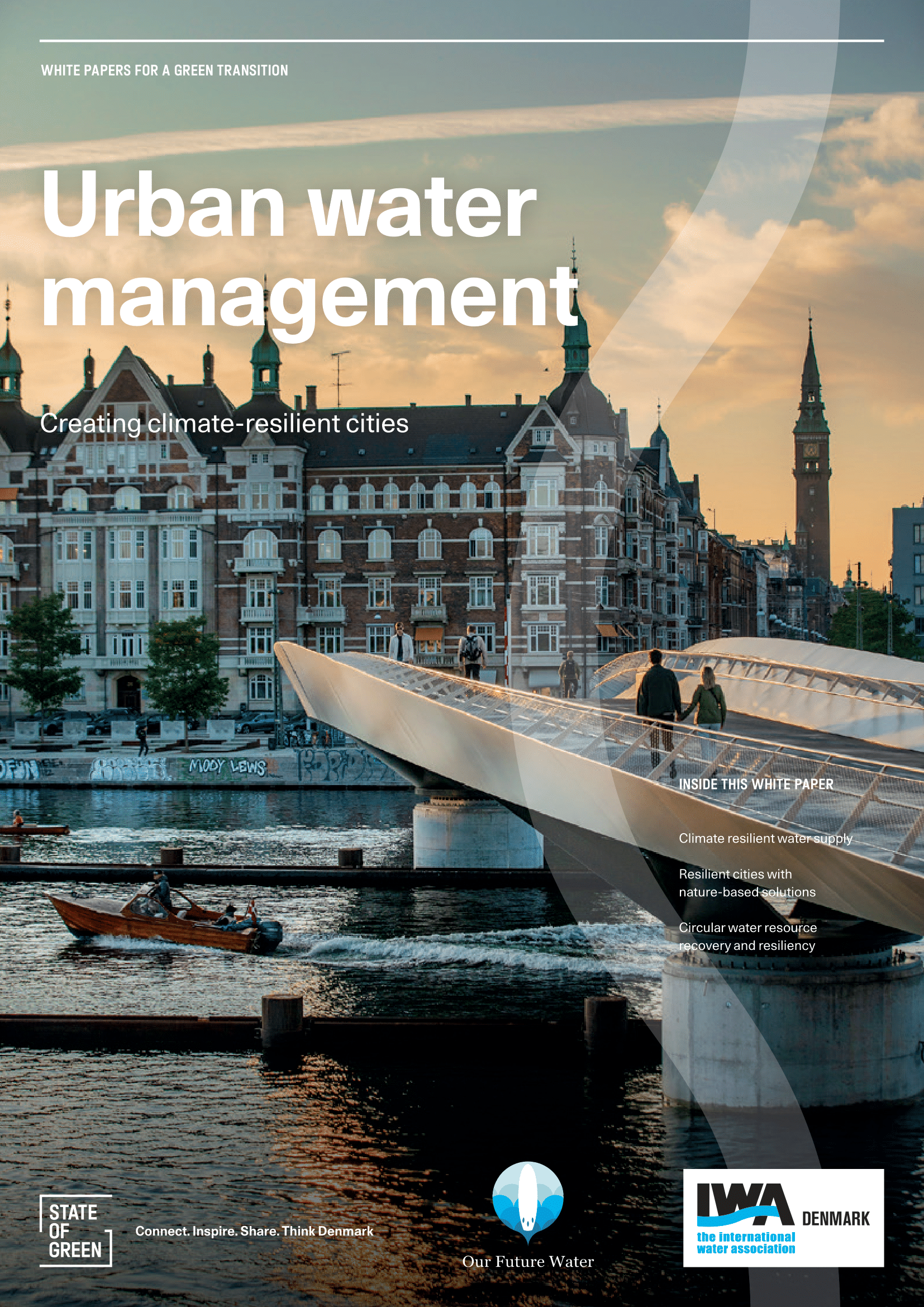Download our publication on urban water management today
This article is part of our publication ‘Urban water management’.
Download nowPerspective
Resource recovery from wastewater
Urban water management
Water management


Considering wastewater as a resource is a relatively new perspective. However, today it is widely recognised that the organic content in the wastewater can be a resource for energy production, the nutrients – especially the phosphate – can be used for fertiliser production, and the water itself can be cleaned to such high standards that it can be reused in a number of ways – e.g. for flushing toilets or laundry machines.
As described in the previous chapter, organic material in wastewater can be separated and utilised for biogas. This has been standard procedure in larger wastewater treatment plants for a while, and new water treatment technologies and more efficient equipment for combined power and heat production have increased the potential. Organic content can be saved for energy use in biogas production if new carbon saving processes for
nutrient removal are introduced. Denmark has vast experience in optimising the use of carbon and is now also gaining know-how in nutrient recovery.
Phosphorus is a scarce resource with great value for the agricultural sector. Phosphorus is accumulated in the wastewater sludge and in internal side streams and if treated properly, it is possible to change this into a controlled harvesting of a pure fertiliser. The recovery of phosphate for fertiliser enables a multitude of possibilities for sludge handling, not wasting the valuable phosphorus to end up in low quality form as ashes or mixed with heavy metals and micro pollutants from wastewater in the sludge. The phosphorus product struvite has been approved in Denmark as a fertiliser product. Two full-scale plants in Aarhus currently forms the background to increase the current P-recycling from approximately 15% to 25%. Once these are completed, the total phosphorus recovery throughout the catchment area is expected to be increased to approximately 22 tonnes P/year or approx. 0.5 tonnes of struvite fertiliser per day.

This article is part of our publication ‘Urban water management’.
Download nowThe solution of recovery of struvite as a pure mineral phosphorus fertiliser offers several advantages in comparison to the application of sewage sludge on agricultural land:
Struvite based P-recovery is the state-of-the-art for phosphorus recovery from wastewater. The technology is still under development and Danish wastewater utilities and companies are working on developing even more efficient process solutions.
Perspective
Resource recovery from wastewater
+1